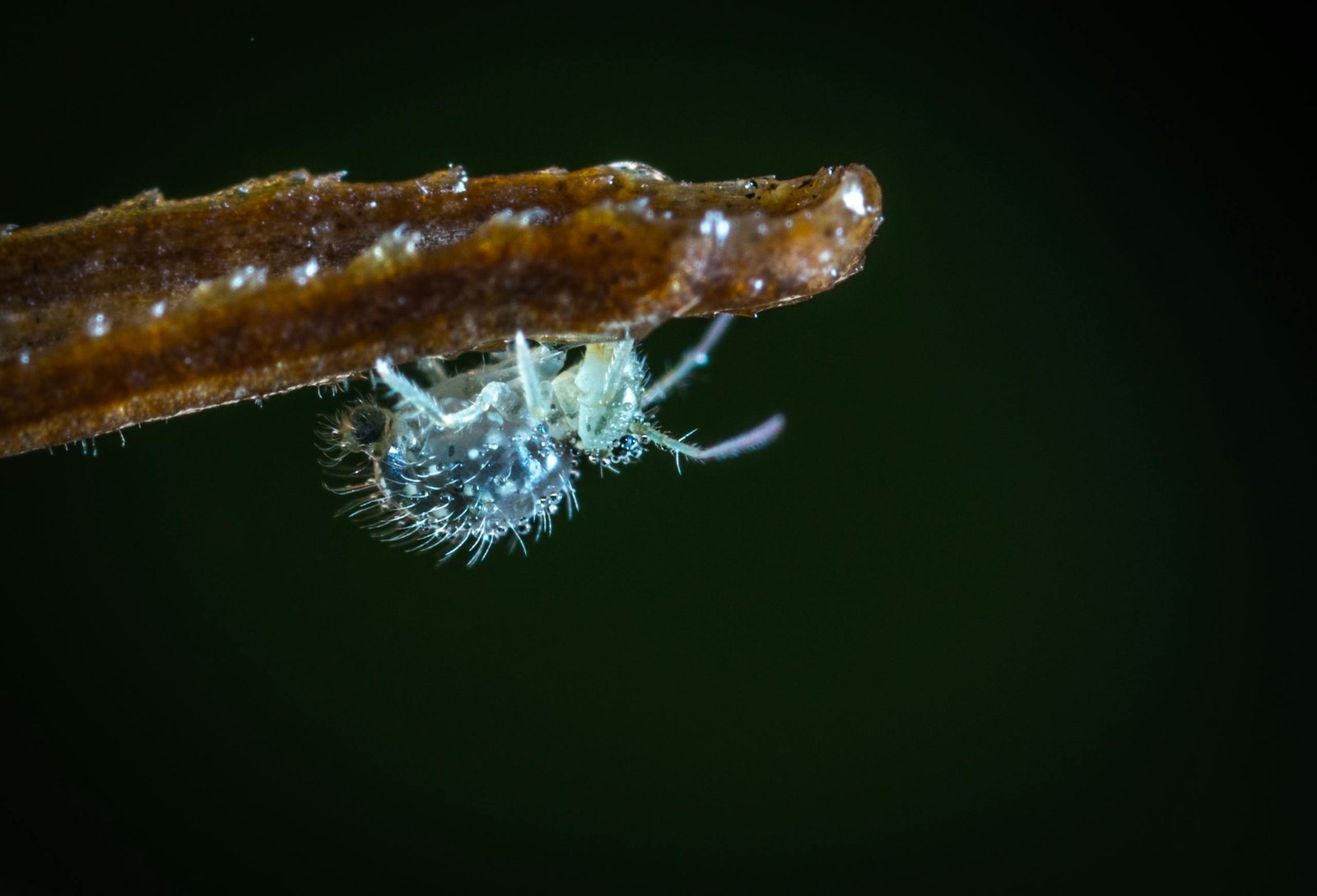The Silent Struggle: Why Lice Treatment Is More Than Skin Deep
Lice infestations often arrive quietly—perhaps a subtle scratch behind the ear or a note sent home from school. But what follows is rarely quiet. Beneath the surface of this common occurrence lies a storm of anxiety, embarrassment, and misinformation. For most people, treating lice isn’t just about removing bugs—it’s about regaining control and dignity.
Unseen Burden: The Emotional Toll of Lice Outbreaks
Self-Consciousness and Social Shame
The moment someone hears the word “lice,” the reaction is almost instinctual—disgust, followed by denial. Many people, especially parents, associate lice with uncleanliness or poor care. These outdated assumptions fuel unnecessary shame, even though lice have nothing to do with personal hygiene.
Rather than being viewed as a medical matter, lice often get moralized, as though someone is to blame. This creates a cycle where people hide the issue instead of addressing it, delaying treatment and causing even more emotional distress.
Panic in the Household
For caregivers, especially parents, lice can create a feeling of spiraling chaos. The moment it’s discovered, there’s an immediate need to wash every sheet, vacuum every surface, and check every head in the household. While some of these actions are helpful, many are driven more by fear than fact.
The result? Sleepless nights, overwhelmed families, and an exhausting mental load—all for something that, in most cases, can be managed with calm, informed steps.
Beyond Products: What Truly Helps Families
Emotional Support Over Commercial Solutions
Most people know where to buy lice shampoo. What they don’t always know is how to comfort their child or reassure themselves during the process.
What helps most during lice treatment is:
- Clear communication
- Emotional validation
- Access to reliable information
- Calm problem-solving
Instead of pushing endless products, support systems—schools, health providers, even neighbors—should focus on guiding families through the process with empathy and patience.
Fiction Over Fact: How Myths About Lice Persist
Common Misconceptions Still Dominate
Lice may be tiny, but the myths surrounding them are enormous. Despite scientific clarity, misinformation continues to thrive:
- “Only dirty people get lice.”
False. Lice are equal-opportunity pests. They cling to clean hair just as easily as unwashed strands. - “Lice can jump or fly.”
They cannot. Lice crawl. They need direct contact, typically head-to-head, to move from person to person. - “Lice infest homes and survive for days.”
Untrue. Lice require warmth and blood to survive. Away from a scalp, they die within one to two days.
The Internet: Friend or Fear Factory?
Many people turn to the internet for guidance, but what they often find is a flood of conflicting advice. From unproven home remedies to fear-based horror stories, these online sources amplify stress instead of offering real help.
It’s easy to fall into a rabbit hole of frantic treatments and over-cleaning when all someone needed was clear, grounded information and support.
Schools and Scalp Checks: Policies That Need Rethinking
Outdated Rules and Their Impact on Children
Some schools still maintain “no nit” rules, where children must be entirely free of lice eggs before returning to class. While well-intended, these policies often cause more harm than good. They isolate children, encourage secrecy, and disrupt learning, all over a condition that is not life-threatening or avoidable.
Children sent home for lice may feel humiliated, especially if the process is visible or discussed in front of others. For young minds, this can be a lasting memory that damages confidence.
Parent-to-Parent Pressure
When lice cases appear, a chain reaction usually follows. Parents may try to trace who “started it,” leading to accusations and broken trust. But lice don’t come with a map—they’re random, fast-spreading, and impossible to trace with certainty.
We need to shift the narrative from blame to understanding. Creating an atmosphere where parents can speak openly ensures that lice is managed responsibly and calmly, not with shame or secrecy.
Children and Emotional Aftermath: More Than Itching
Loss of Confidence and Peer Rejection
Kids are particularly sensitive to how others perceive them. Alice’s diagnosis, if poorly handled, can lead to teasing, isolation, and even bullying. Children may feel dirty, unwanted, or “infected”—labels that wound far deeper than any bite.
For some, the psychological discomfort remains even after the lice are gone. Imaginary itching, self-doubt, and hyper-awareness of appearance are common signs of the emotional residue left behind.
Conclusion
Lice don’t define a person. Yet, the way society reacts makes it feel like a social scar. If we want to reduce the pain of lice, we must focus less on eradicating bugs and more on eliminating judgment.
Treat lice like what it is—a manageable, non-threatening issue—and not like a moral failing. With the right mindset, lice treatment becomes less of a battle and more of a moment of resilience. We can move past panic and into care, because the most powerful remedy isn’t found in a bottle, but in how we treat one another.
Frequently Asked Questions
1. Are lice dangerous to my health?
No, head lice are a nuisance but not harmful. They don’t carry diseases and are not a health threat. The real impact is usually emotional, not medical.
2. Can lice live on pillows or couches?
Lice need human warmth and blood to survive. They rarely live longer than a day on objects, so basic cleaning is enough—no need to deep clean the whole house.
3. Is it necessary to keep a child home from school with lice?
Most experts say children should remain in school. Lice spread slowly, and proper treatment at home is usually sufficient.
4. What’s the most effective approach to lice treatment?
Consistent combing with a lice comb and following treatment directions carefully are key. Emotional support and reducing stigma are equally important.







